(Dis)playing paper − Hours and Constellations #4
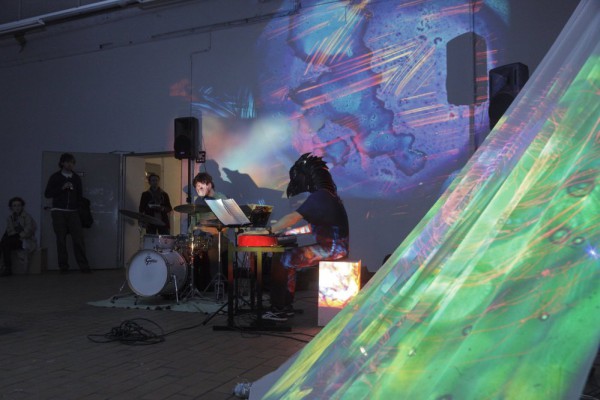
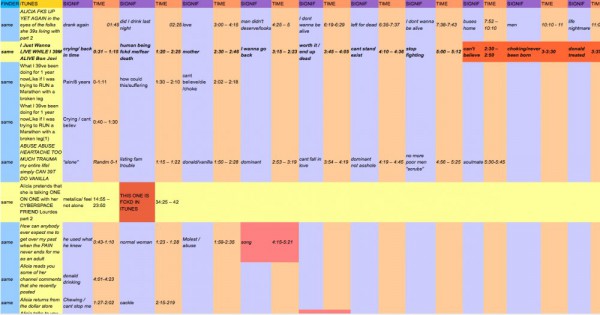
Alpha Couple, omar lora, Detail, 2013
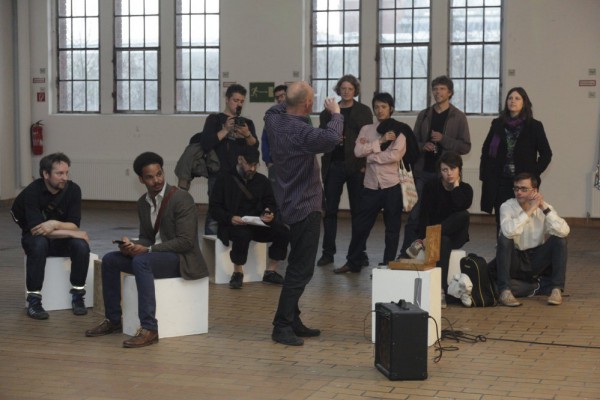
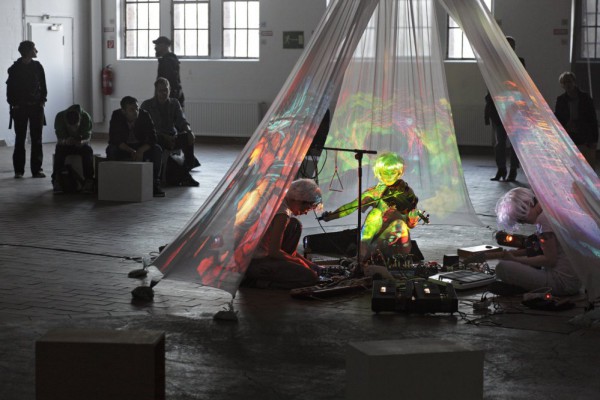
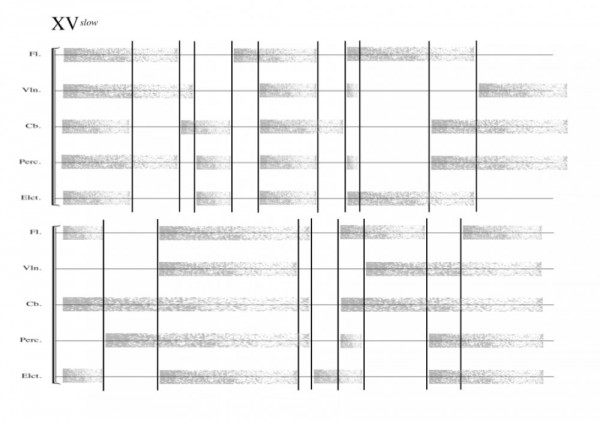
Jason Levis, Tesserae, 2012.
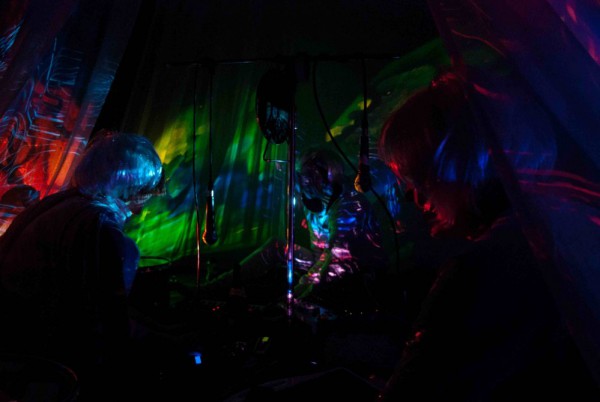
Epiphany Now_TIPI 2013 - Audiovisual Live Performance
V I S U A L A I D.
INDIVIDUAL NOTATION SYSTEMS OF SOUND & MUSIC.
Curated by Jana Sotzko and Theresa Stroetges
With Alpha Couple, Tore Honoré Boe, Duchamp, Ensemble Abgesagt, Epiphany Now, Beck Hansen, Jasmine Guf fond & Ilan Katin, Liz Kosack, Andrew Kemp, Jason Levis, Thessia Machado & Merche Blasco, Florian Merkel, Miss Machine, Loretta Myr, Oravin, Frank Schültge, Golden Diskó Ship, Shinya Sugimoto.
With performances by Epiphany Now, Tore Honoré Boe and Liz Kosack
With works and documents by Alpha Couple, Tore Honoré Boe, Duchamp, Ensemble Abgesagt, Epiphany Now, Beck Hansen, Jasmine Guf fond & Ilan Katin, Liz Kosack, Andrew Kemp, Jason Levis, Thessia Machado & Merche Blasco, Florian Merkel, Miss Machine, Loretta Myr, Oravin, Frank Schültge, Golden Diskó Ship, Shinya Sugimoto.
“Notation, then, affects the essence of the artwork as well as the essence of human existence, both share time within a different eternity and both in different ways share a space.” (Hubertus von Ameluxen, Notation, Arts and Musical Reproduction)
VISUAL AID is a cross-disciplinary exhibition and performance project on unconventional forms of musical notation, which constitutes the fourth and final part of the series (Dis)playing papers, hours and constellations. VISUAL AID takes up questions – on the politics of rehearsing, the sound of contemporary art production, and the translatability of composition processes into playful scripts for temporary communities – posed in previous contributions, bringing them together through a universally interpreted concept of notation and into a mutual framework for reflection.
Musicologists and musicians Jana Sotzko and Theresa Stroetges work together with curator Suza Husse to sketch out current strategies in music, sound and performance art, which add to or completely discard established (Western) languages of notation through deviations, diversifications, individualisations and alternatives. The exhibition shows experimental notations in the form of notes, drawings, texts, photographs, objects, prepared instruments, sound and video recordings, demo tapes, time codes, digital arrangements, MSP patches and dance logs in juxtaposition with their ensuing, audible interpretations.
In a loose application and continuation of the developments in music, Fluxus and action art of the 1960s, which moved away from the “tonal passivity of the work as a score towards immediate action, instruction of a realisation of sound in time” (Peter Weibel), the presented documents attest to progressive emancipation on the part of the interpreter towards fixed notions of the author and work. At the same time, these unconventional notations in some cases fundamentally challenge communicative functions of the notation sign system. The experiments by Florian Merkel, Frank Schültges and Ellen Evers, for example, point to the inadequacy of existing methods to notate current musical forms, such as Electronic music, Pop, Noise, Experimental or Ambient. Since critical musical qualities, including tone colour, timbre, complex rhythmics, individual performance, live-electronic processes and, most notably, the sound itself, cannot be appropriately written in traditional forms of notation.
If and how current musical events can still be notated at all, is particularly in sound-based genres no longer an issue. For instance, the performative sound and light installations of the ensemble Epiphany Now show the expectant obsolescence of notation to the benefit of pure improvisation with sound. It can be seen, on the other hand, in the approaches of Liz Kosack, Alpha Couple and others that musicians are increasingly developing highly individual methods of notation, intended only for themselves. If the performance of popular music is conceived as inseparable from the (star) personality of the interpreter, the essential function of notation as an instruction recedes into the background.
Even so, there are some contrasting tendencies: Beck Hansen published his latest album “Song Reader” not in a conventional sound carrier format but as a book of sheet music with traditional musical notation and MIDI files to download. By denying them his own musical interpretation, Beck turns the “listeners” into interpreters of his music. In the tension between instruction and the by now ubiquitous practice of recording and documenting, Youtube clips of fans performing “Song Reader” tracks epitomise the development of notation from the interpreters’ emancipation to user-generated content.
(Dis)playing paper, hours and constellations
curated by Suza Husse
Starting point for the series (Dis)playing paper, hours and constellations are different forms of art publication projects respectively artists’ expanded drawing and writing practices. Between January and May 2013, District presents four exhibition experiments and performative exercises under this title, which are developed by artists, theorists and curators from the edition and magazine formats Scriptings, VOLUME, SKULPI and the research project on contemporary musical notation, VISUAL AID.
In reference to the idea of a publication as discursive and social space emergent from a mental connection of readers and authors, (Dis)playing paper, hours and constellations paraphrases selected publications and documents as notations for rehearsing temporary communities. Reading documents as scripts, sketches or scores for spatial arrangements of experiments or action motifs, the notational character or „future quality“ of these documents can be interpreted as a navigation for a hypothetic society of individuals, objects, images, sounds and thoughts.
Along with the term of the rehearsal, within the context of (Dis)playing paper, hours and constellations, thought on areas of contemporary art is to be activated. The mobile architectural structure The Turtle II, by artist and architect Luis Berríos-Negrón serves as a modular stage with altogether 48 micro-spaces, in which, or with which the participants present critical, utopian and humorous display models and comments on current exhibition practice. The four independently developed projects will be successively joined as architectural sculpture in District’s Kabinett space between January and April 2013, complimenting each other with the contrasting proximity of of coincidental references and concurrent statements.

